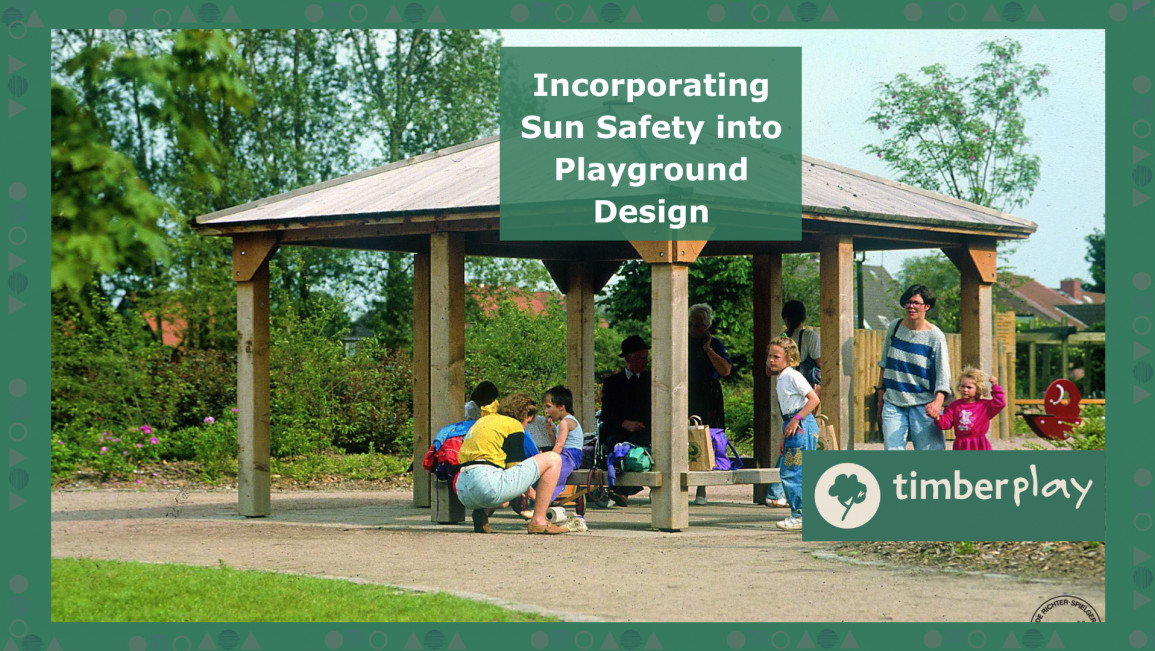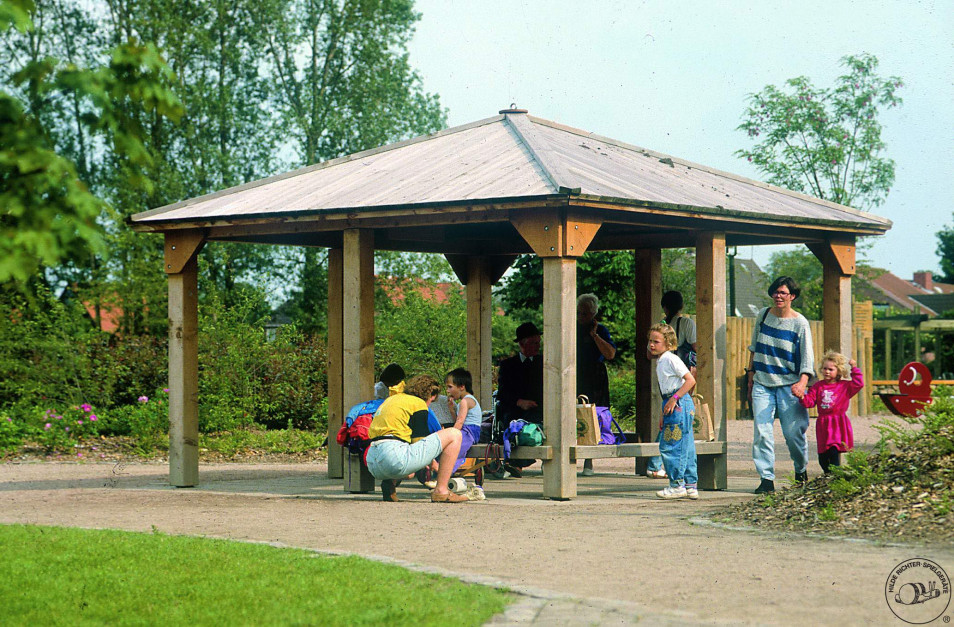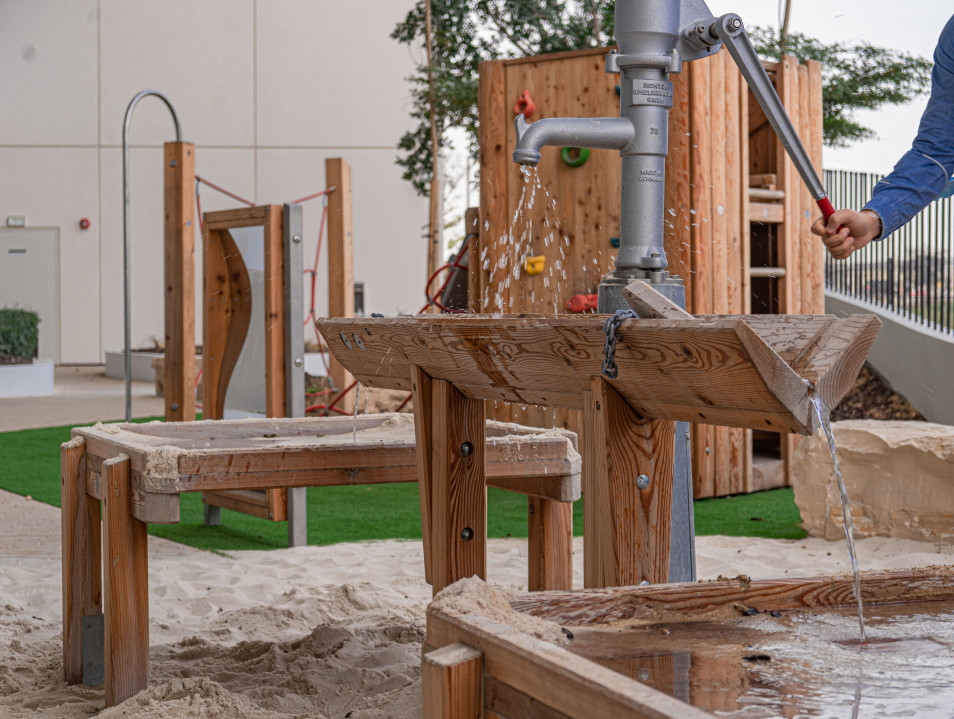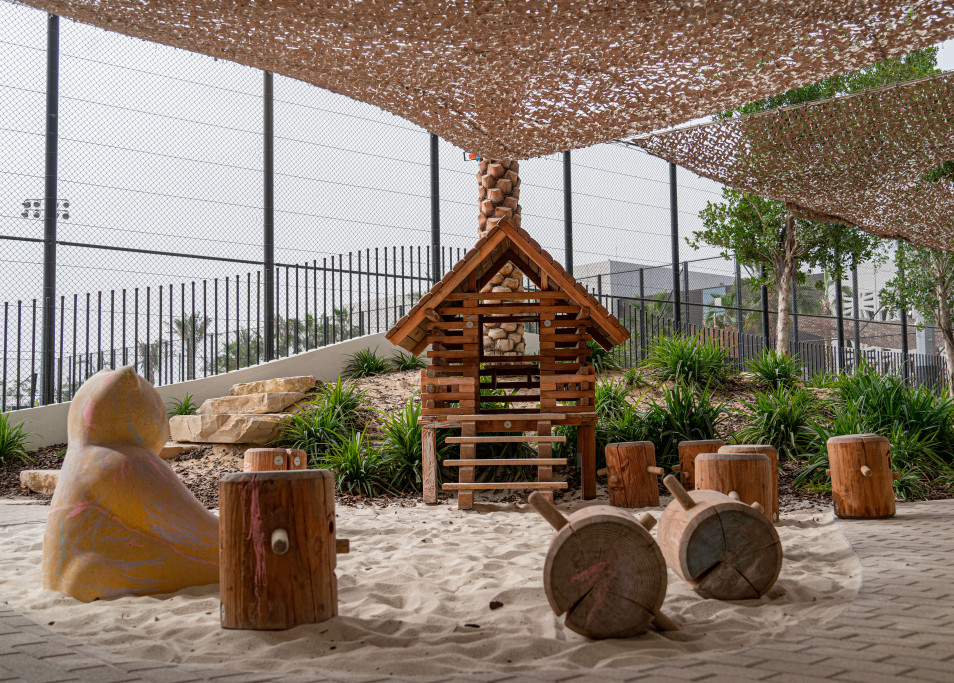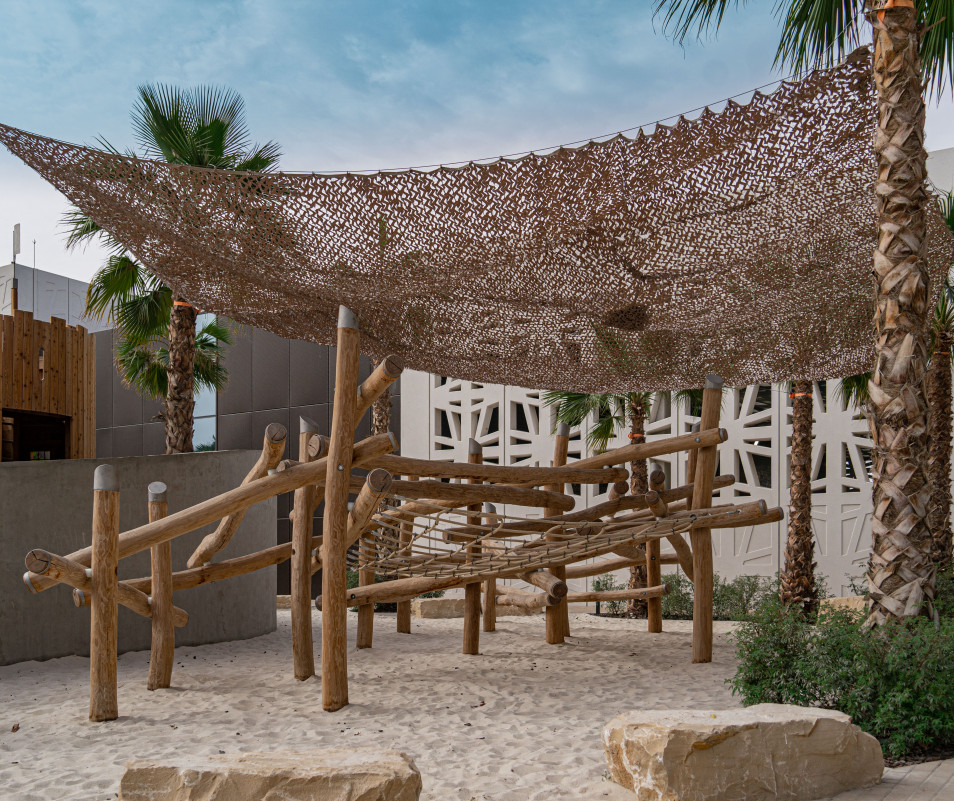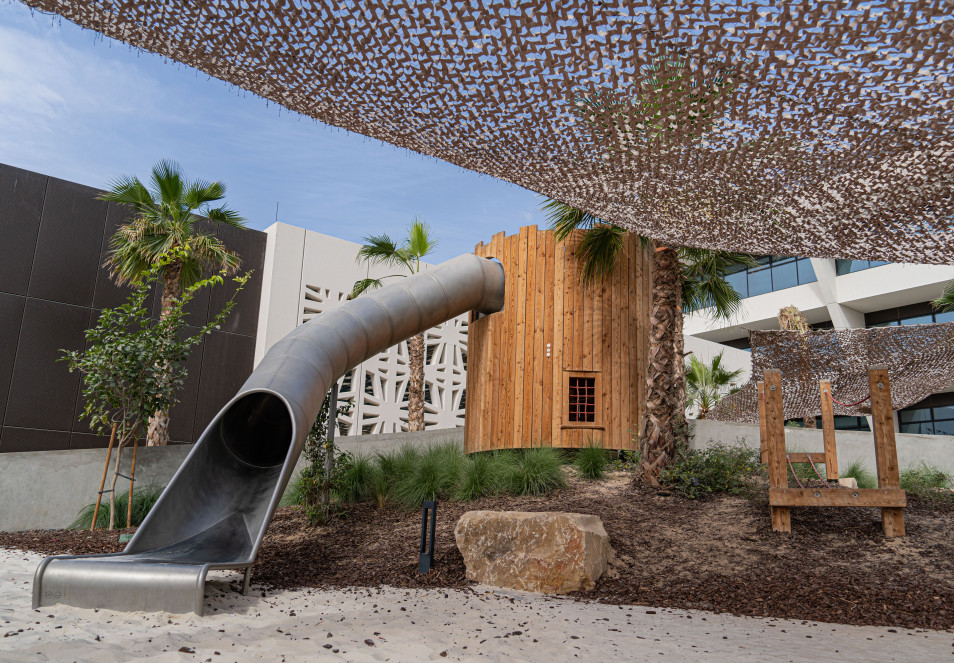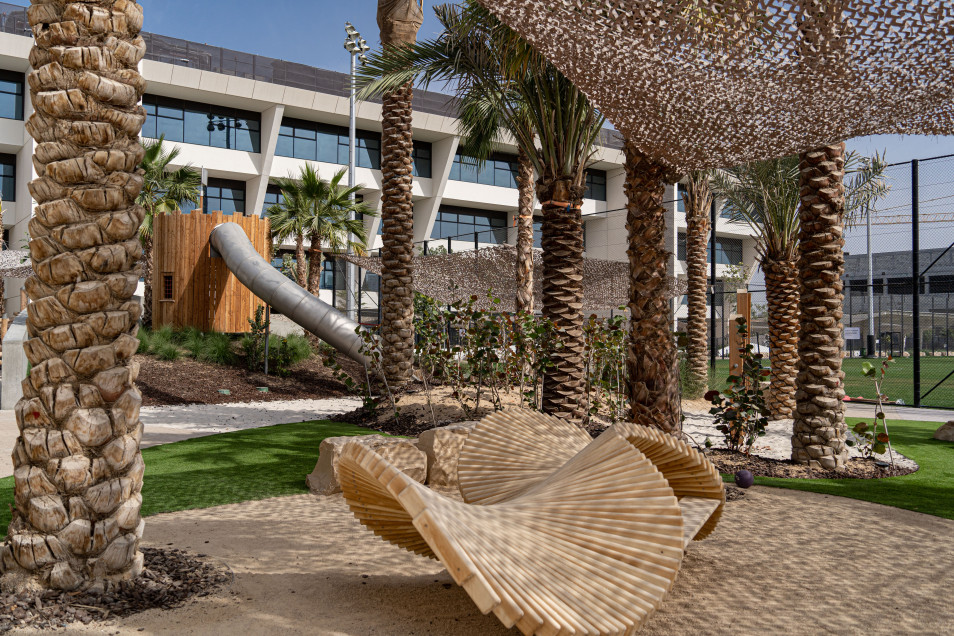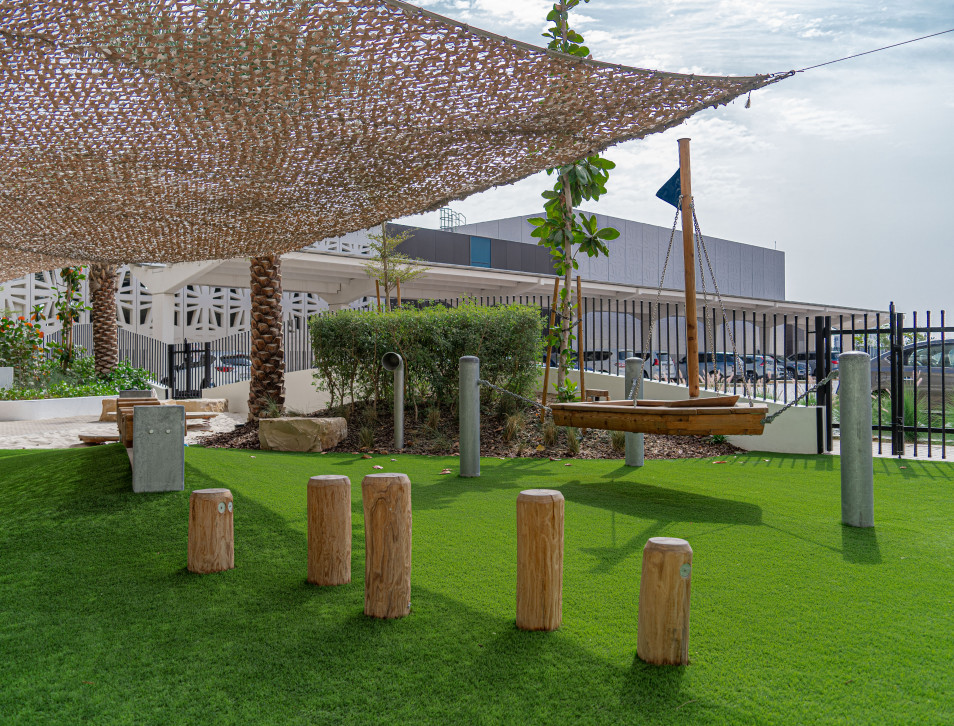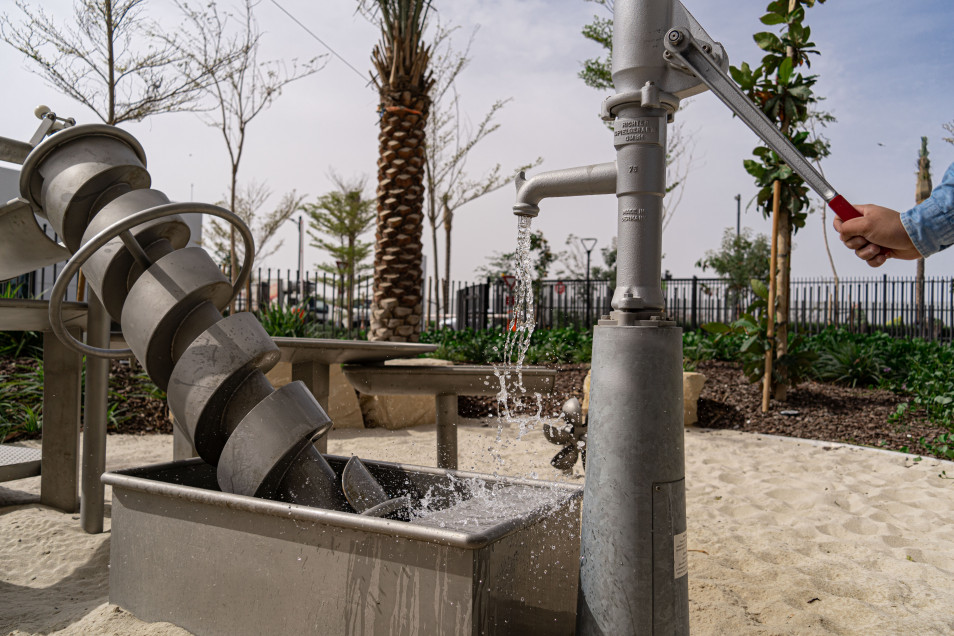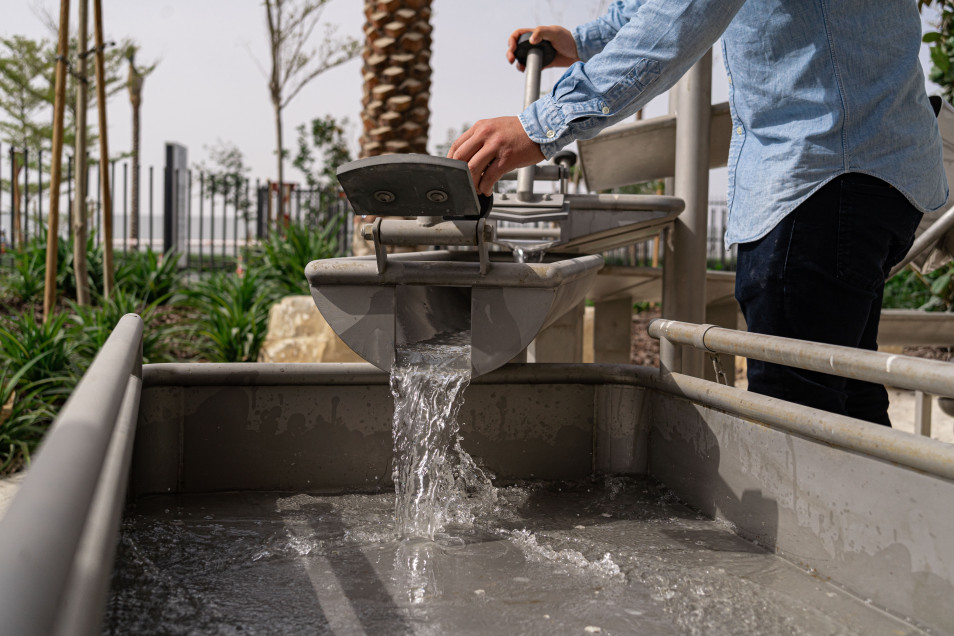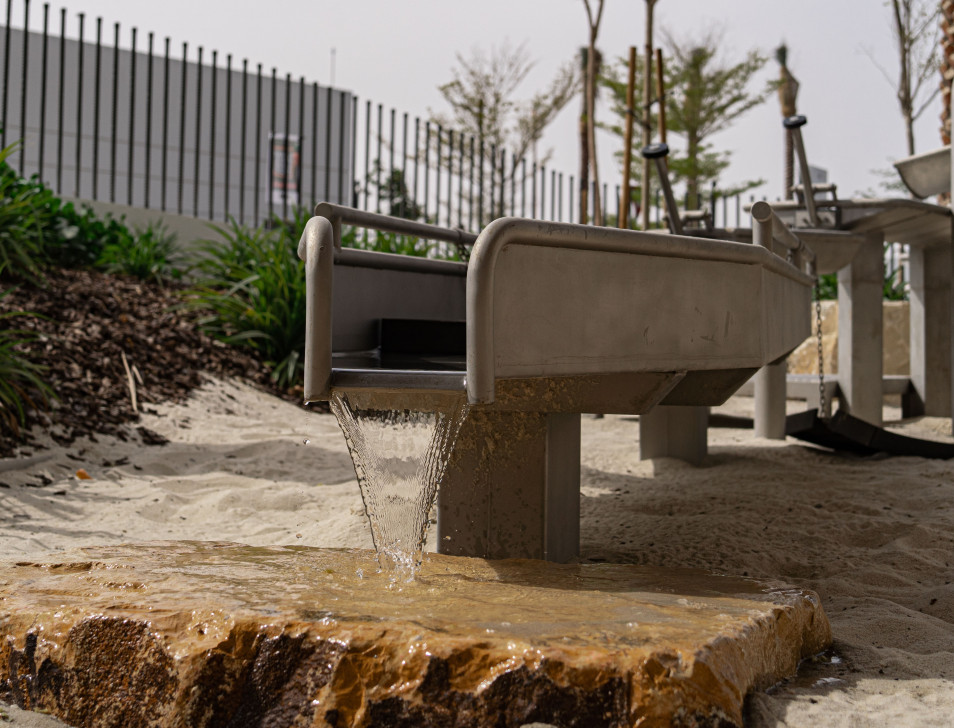Ideas and Insights
Playgrounds are a cornerstone of childhood joy, fostering physical activity, social interaction, and imaginative play. However, when designed without sun safety measures, outdoor playgrounds can also pose serious health risks due to prolonged sun exposure. In the UK and the MENA (Middle East and North Africa) regions, where the sun can be particularly intense, incorporating sun safety into playground design is crucial to protect children from harmful UV radiation and heat-related illnesses.
Sun Safety: An Essential Consideration
Children are more vulnerable than adults to the harmful effects of the sun. Their skin is more sensitive to ultraviolet (UV) radiation, and serious sunburns during childhood can significantly increase the risk of developing melanoma in adulthood. With projections from Cancer Research suggesting that melanoma deaths in the UK could rise from 1,300 to around 2,800 per year by 2040, the need for effective sun safety measures is more pressing than ever.
The Importance of Shade
Australia sets a commendable example in sun safety with recommendations for playgrounds to have a combination of built and natural shade, covering at least 70% of play equipment and seating areas, including 45% tree shade. This substantial coverage reduces overexposure to UV radiation for both children and caregivers. A 2023 study revealed that shaded playgrounds not only enhance thermal comfort, allowing children to play longer and engage in diverse activities, but also encourage the use of outdoor spaces.
The benefits of incorporating shade into playgrounds extend beyond UV protection. Shaded areas are significantly cooler, preventing heat-related illnesses. Comfortable, shaded environments encourage children to spend more time outdoors, promoting physical and social development. Natural shade, such as trees and vegetation, reduce the need for cooling interventions in surrounding areas, contributing to energy conservation whilst also improving air quality, providing a healthier environment for play.
Sun Safe BC is a Canadian provincial coalition, run by BC Cancer, advocating for more sun safety regulations and have conducted a range of pilot studies to find out how best to implement shade into outdoor play spaces. They found that designing playgrounds with effective shade can be done using several strategies. Prioritising trees and shrubs not only provides protection but also enhances biodiversity and aesthetics. Natural shade contributes to air quality improvement and connects children with nature. Structures like shade sails, pergolas, and shelters offer reliable coverage and a 2022 study found that shelter integrating dappled light is most popular with the visually appeal it creates. Additionally, playground shade design should consider sideways protection from reflective surfaces to prevent indirect UV exposure, shaded seating for caregivers, ground surfaces that don’t get too hot, and climate-resilient materials like timber, which remains cool and durable under extreme weather conditions.
Material Choices for Shade
At Timberplay, we always factor in how to integrate sun safety into our playground designs, particularly in regions with intense sunlight like the MENA region. Our products, such as the Shelter Meeting House, provide essential shade and cooling. We also ensure that play equipment is positioned thoughtfully, like slides facing away from the sun to prevent overheating, and use appropriate manufacturing and surfacing materials to enhance comfort and safety such as sand and Robinia wood that does not soak up too much heat.
Sun Safety Integration
Our projects at Royal Guildford School in Dubai and Mall of Arabia in Egypt exemplify effective sun safety integration. At Royal Guildford School, shade sails and water play areas create a cool, inviting environment. The Mall of Arabia playground features sand surfacing and is designed with metal equipment in the shade during the main heat of the day to protect children from the harsh sun. Additionally, by using Robinia and Mountain Larch, we are able to create play spaces that do not get largely effected by the heat as wood will stay cool in hot weather conditions.
Playspaces Where Children Thrive
Looking ahead, we envision a consistent use of shade and cooling techniques in playground designs, especially in hotter climates. By prioritising sun safety and selecting appropriate materials, we can create enjoyable, safe, and sustainable outdoor play environments for children around the world. Incorporating sun safety into playground design is not just a matter of comfort—it's a critical step in protecting our children's health and fostering a love for outdoor play. As we continue to innovate and refine our designs, Timberplay remains committed to creating play spaces where children can thrive, safely and joyfully.
